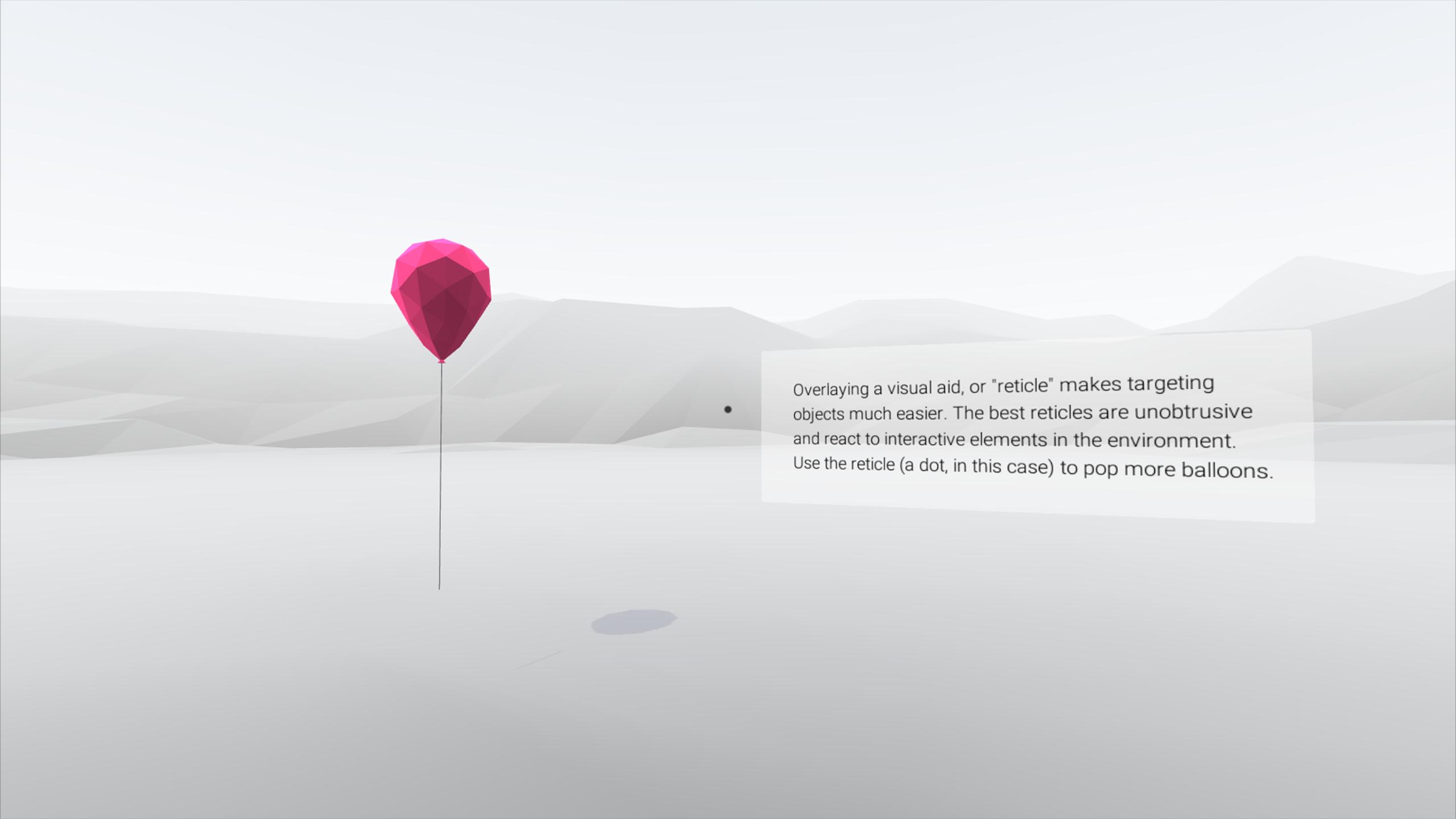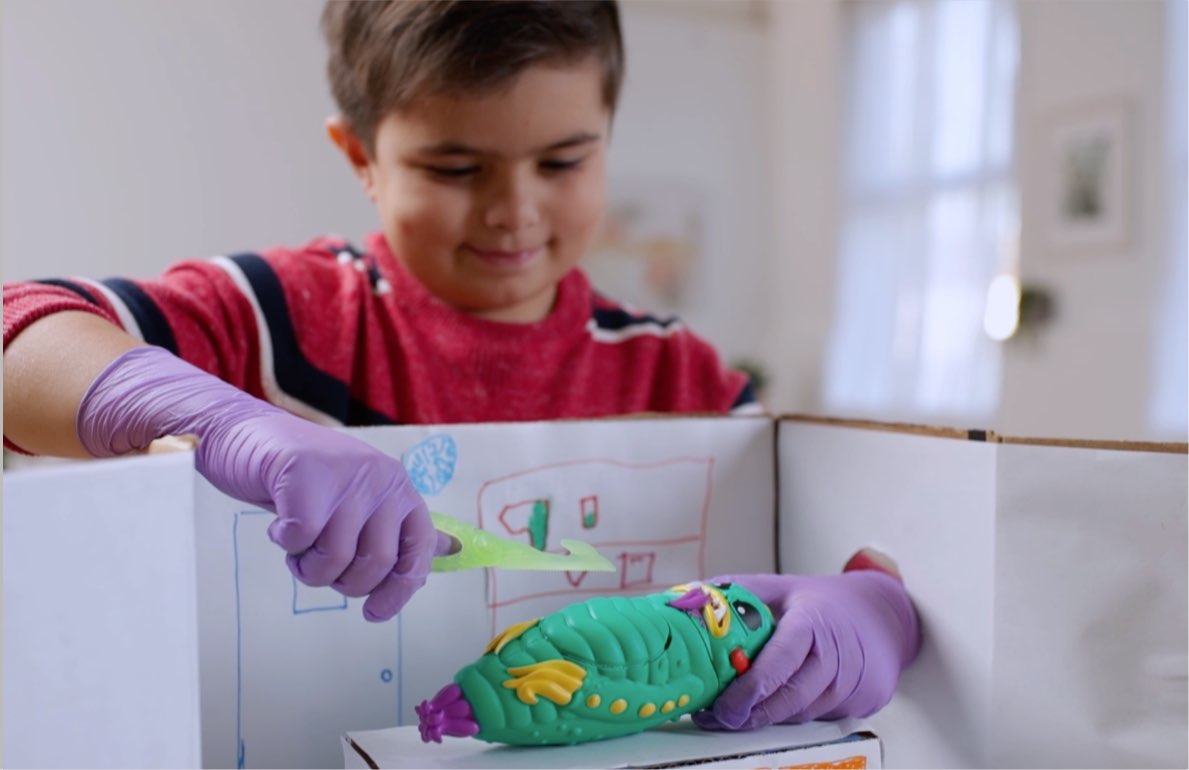

It’s fairly commonplace knowledge that if a user moves their head in a VR environment, it should be reflected in the application. First, let’s touch on a few Foundation principles depicted in the Lab: Head Tracking Immersion is more exploratory, both in theory and within the Cardboard Design Lab experience itself. Foundation focuses on, and teaches designers about, basic VR guidelines, which are more or less universally agreed upon. Within the Design Lab, the principles are categorized into interactive chapters, dubbed “Foundation” and “Immersion”. Our communal goal is to help everyone interested in designing and developing for VR to gain a more solid spectrum of what’s certain, and what can (and should) be explored. Google collaborated with ustwo to not only design and develop the experience, but to act as a sounding board, road testing the guidelines ourselves. Today at Google I/O 2015, the Cardboard team debuted Cardboard Design Lab: An interactive VR-based “companion app”, which demonstrates the guidelines and principles crafted earlier this year. These detail principles like “How to avoid simulator sickness” and “How to ground your user with fixed objects.” But what better way to teach and inspire VR designers than with an experience of their very own?

Then, earlier this year, a set of written design guidelines for Cardboard were released.

Care to develop your own app? There’s an SDK for that. Simply download the Cardboard app, purchase (or make your own) Cardboard Viewer, and you’re off to the virtual races. Last year, they started by introducing Google Cardboard: A simple, inexpensive way for anyone with a smartphone to experience virtual reality. Essentially, it’s a wild west, ripe for exploration and new ideas, and Google’s kicking off the conversation. Now, we’re in the midst of a virtual reality revolution.įrom high-end platforms that cost thousands of dollars to smartphone-run systems, the surface of designing for VR has just barely been scratched. The advances in smartphones and related technologies has finally brought the incredible potential of VR within reach. It’s an experience that’s been around since the mid 80s, but technology always seemed to hold it back.


 0 kommentar(er)
0 kommentar(er)
